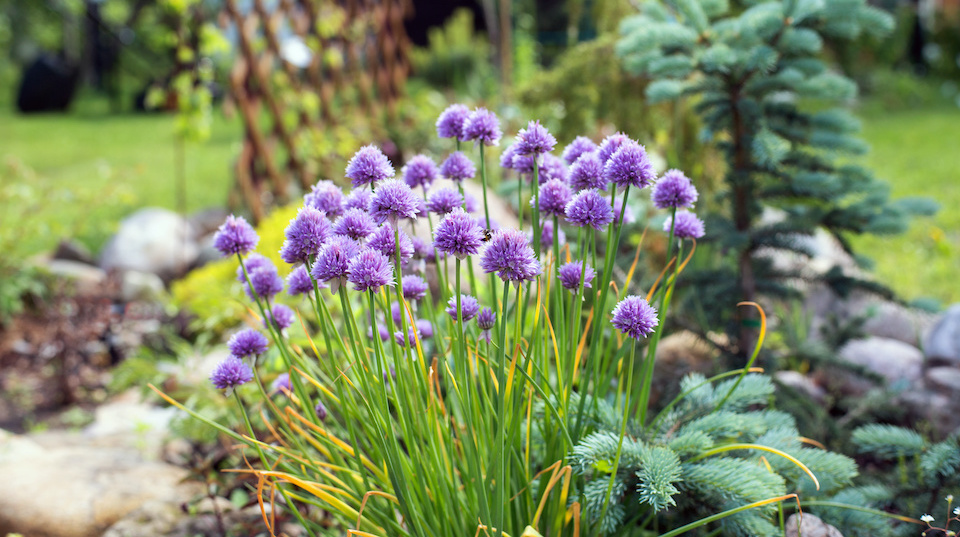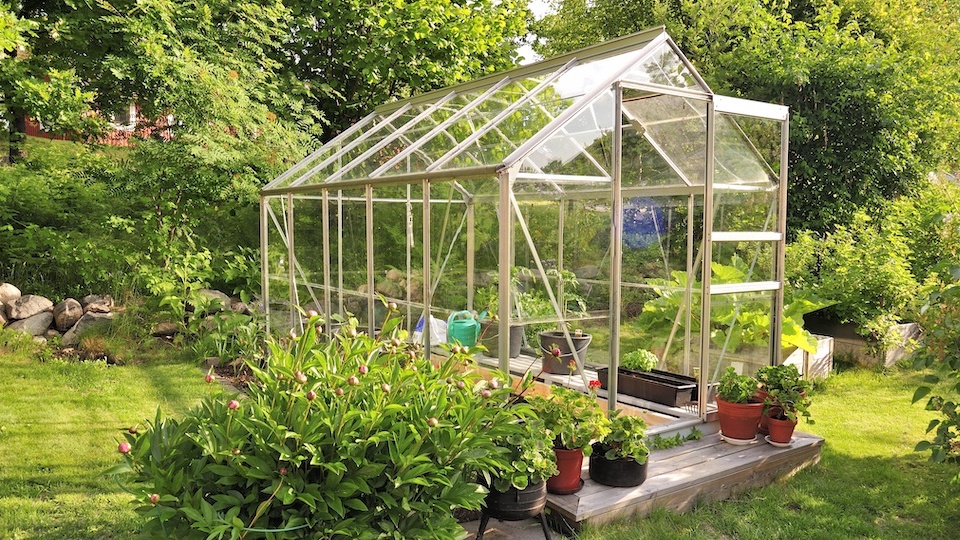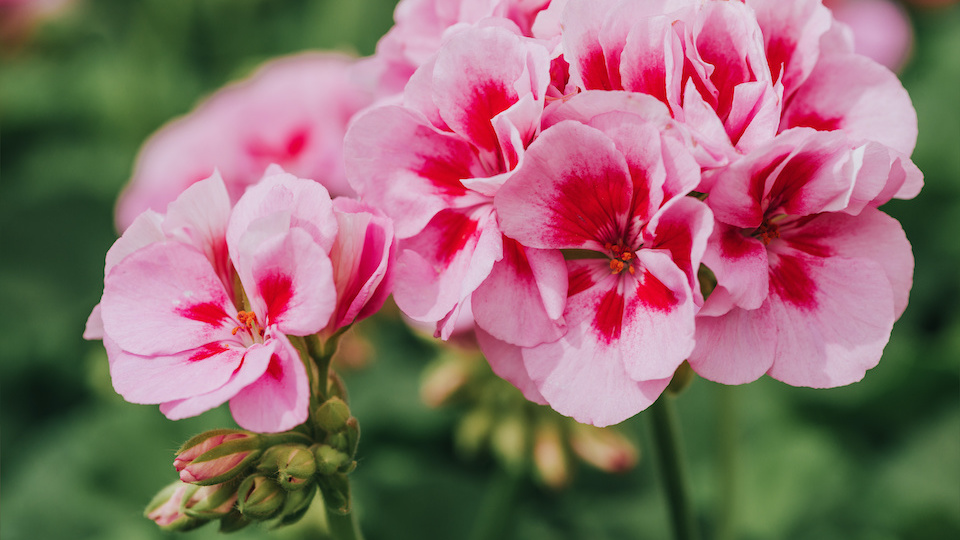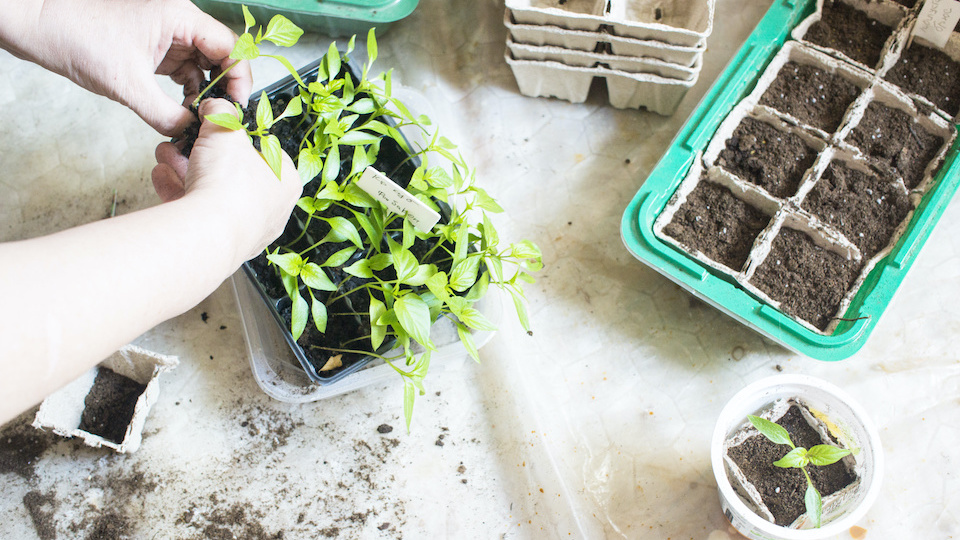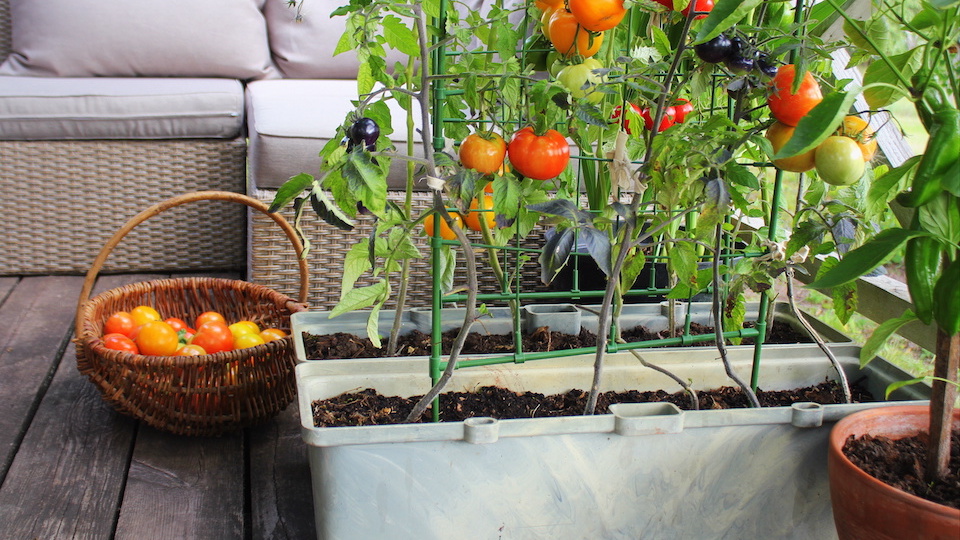Kegels are exercises that help to strengthen the pelvic floor muscles. These are a series of muscles and tissues that support a woman’s uterus, bladder, small intestine, and rectum, holding them into place. You can do Kegels basically anytime and anyplace, whether you’re at home, standing in line at the grocery store, or at work.
If your pelvic floor muscles are weak, which can happen through age, childbirth, pregnancy, surgery, or being overweight, it can cause your organs to lower into your vagina.
This is not only uncomfortable, but it can lead to urinary or fecal incontinence, which means leaking urine when you cough, laugh or sneeze, losing a large amount of urine, or even leaking stool.
Kegel exercises are also believed to be helpful for women who have persistent difficulty reaching orgasm.
To perform them, you first need to identify your pelvic floor muscles and learn how to contract and relax them. The best way to do this is to stop urinating in midstream. If you’re successful, you’ve identified the right muscles.
Once you’re familiar with the right muscles, empty your bladder and lie down on your back. Tighten the pelvic floor muscles, holding the contraction for five seconds, and then relaxing for five seconds. Do the exercise 4 to 5 times consecutively.
Try to focus only on tightening the pelvic floor muscles, being careful not to flex the abdominal, thigh or buttock muscles. Breathe freely during the exercise, and try not to hold your breath. Your goal should be to perform at least three sets of 10 repetitions daily.
Once you really understand the technique, lying down isn’t necessary- you can do Kegels anywhere.
Avoid using Kegels to start and stop your urine stream once you’ve identified the correct muscles, as this can actually weaken them and lead to incomplete emptying of the bladder, increasing the risk of a urinary tract infection.
If you’re having trouble doing the exercise correctly, talk to your gynecologist or another healthcare provider who can help you learn to isolate and exercise the right muscles.
For those who are experiencing urine leakage, keep in mind that it can take 12 weeks to notice any effects from Kegels, and you’ll want to make a lifelong habit of this in order to reap long-term benefits.
-The Backyard Vitality Team




